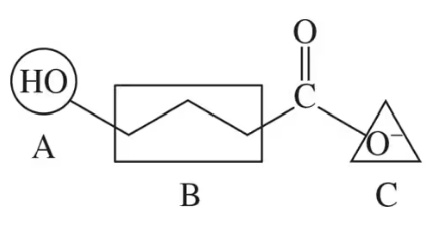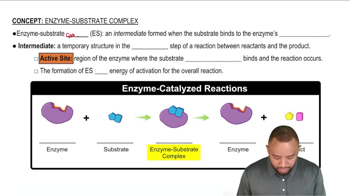Match the terms (a) enzyme-substrate complex, (b) enzyme and (c) substrate with each of the following:
______ Has a structure that fits the active site of an enzyme.
______ Can possess a tertiary structure that recognizes the substrate.
______ The combination of an enzyme with the substrate.







